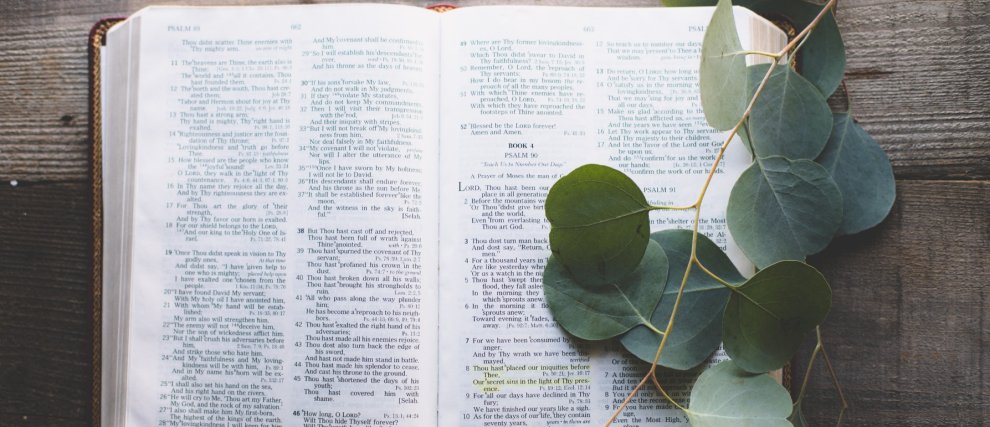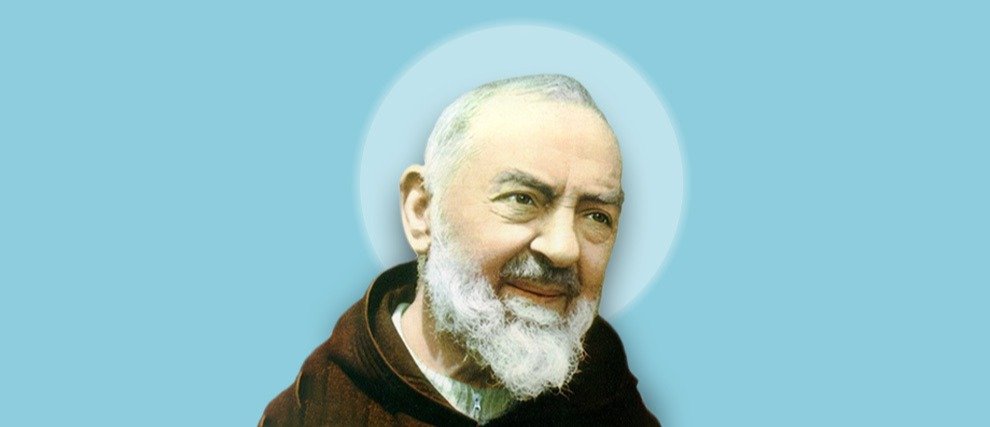Solemnities, feasts, memorials: the different liturgical celebrations in the Catholic Church
The Catholic liturgical calendar is so rich in celebrations that it is sometimes difficult to differentiate them. Solemnities, feasts, memorials: what are the liturgical particularities of these celebrations? What are they for?
Discover in this article how to differentiate these three great celebrations and learn their liturgical particularities! Pray with Hozana throughout the major feasts that punctuate the liturgical year.
Solemnity, feast, memorial: what do these different names correspond to?
Since the Second Vatican Council, the Catholic Church has honored three types of liturgical celebrations, classified according to their degree of importance.
Solemnity is the highest degree of celebration of the feasts. Solemnities are one of the most essential celebrations of liturgical life. Among them are, for example, Christmas, the Epiphany, the Annunciation, or Easter, which is also considered the "solemnity of solemnities".
After the Solemnity, the second level of liturgical celebrations is the feast. As such, the Mass and the readings, as well as the office of the liturgy of the hours are specific to the day. As feasts, we can think in particular of the Presentation of Jesus in the Temple, the Transfiguration of the Lord, the Visitation of the Virgin Mary, all the feasts of the apostles and evangelists (except for Saints Peter and Paul, which are Solemnities).
Finally, the "Memorial" constitutes the lowest degree of liturgical celebration that occurs after the Solemnity and the Feast. It aims to honor the saints with a universal scope. When it is a mandatory memorial, the saint is honored during the mass and the office (for example Saint Thérèse of the Child Jesus or Saint Francis de Sales), unlike the optional memorial which is without obligation, and therefore left to the discretion of the celebrant.
The Church specifies when it is a mandatory or optional memory: for this, you can consult the AELF site).
Regarding the holidays, they correspond to the other days of the week, having no liturgical particularity. In other words, these days are not attached to a mandatory Solemnity, Feast or Memorial.
What are the liturgical differences?
There are liturgical differences in the way solemnities, feasts, and memorials are celebrated, each needing to be honored according to its particularity.
Solemnity, which marks a fundamental event of the Christian mystery, is celebrated in the most manifest and solemn way in order to invite the faithful to rejoice! It begins the day before with the first Vespers, sometimes with a Vigil Mass. On the same day, the Mass of the day is celebrated with white liturgical ornaments. White is the color associated with purity, divine glory, and resurrection. We sing or recite the Gloria and the profession of faith.
The two most important solemnities - Easter and Christmas - are accompanied by an octave, that is, the feast continues for eight days, which is why we can hear about Octave of Christmas, or Octave of Easter.
Like solemnities, feasts are festive events, considered exceptions in the liturgical calendar. However, unlike the solemnity, the feast is only celebrated on the same day, unless it is a feast of the Lord. Just like for the solemnities, we sing the Gloria.
Solemnities and feasts, depending on their degree of importance, are celebrated with more or less brilliance and fervor: songs, readings, processions, and times of prayer can accompany the services.
Finally, the memorial, commemorating a saint on the anniversary of their death, is celebrated during the Mass and the office of the liturgy of the hours, in a way "less solemn" than the solemnities and feasts. When celebrating a holy martyr, the liturgical color is red.
Pray to the rhythm of the liturgical year with Hozana!
With Hozana, pray during solemnities, feasts or memorials with beautiful novenas and online retreats. Here are some proposals for the major solemnities and feasts to come:
Get ready for the solemnity of the solemnities, Easter, by joining
2022!Make
to prepare for the Solemnity of Saint Joseph, March 19!Finally, do not miss the various celebrations of the liturgical year by following the
!
